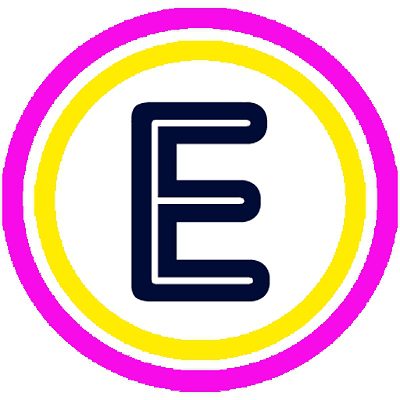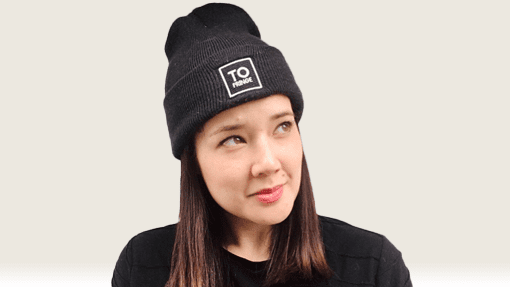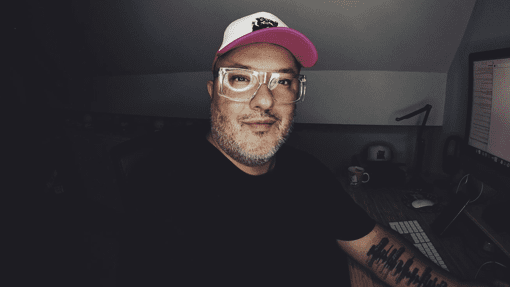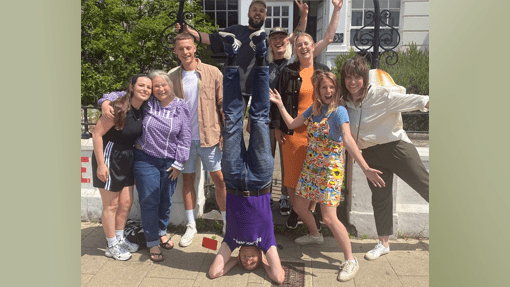Overview of Toronto Fringe Festival
Toronto Fringe is a charitable not-for-profit in Ontario, Canada – it’s been running for 35 years and is the second oldest Fringe in Canada after Edmonton.
We produce Toronto Fringe Festival (TFF) in the summer which is a large, un-juried, accessible, indie platform for artists and audiences. We also produce the smaller, juried / curated Next Stage Festival (NSF).
The core year-round team is just 5 people, the team grows for the run up and duration of TFF and NSF.
TFF welcomed around 160 companies in 2019 across 15 main venues – this year (2022) it was about 90 companies across 11 main venues.
How did the pandemic change your way of working?
TFF happened this July (2022) in person for the first time since 2019. We cancelled 2020 and ran a digital version of the festival in 2021. Many team members hadn’t experienced a full in-person festival before this year so it was quite full on getting everyone up to speed. Plus there were covid protocols to manage. TFF maintained a vaccine policy for artists and staff. Masks were required for all audiences and staff as this was the message coming from the theatre-going community in terms of what would make them feel safe and able to enjoy the festival.
We deferred artists from 2020 and moved them forward the two years so they got their opportunity to perform live at TFF.
“Eventotron made transferring artists from one festival to the next easy – we were able to track all the information across to the next year.”
NSF was originally established in January when most theatres are dark in Toronto so we had easy access to spaces and little competition for audiences. In January 2022 theatres were closed last minute due to a lockdown which put a stop to the festival two weeks before launch. So NSF is now going to happen in October – in this new slot we’ll be competing with other theatre programs but hopefully it will be easier for the team and audiences will be keen to see performance at that time of year.
Covid meant we were constantly changing and pivoting. This year’s TFF was smaller and that felt more manageable for the staff and also audiences who have just not been coming back in the same way as before the pandemic.
“We are scaling back a bit to be able to gradually build capacity up again. We’re fitting the festivals to what the market / the community can handle and sustain.”
How does the lottery system work?
Slots in main theatre venues are filled by a lottery draw. Artists/collectives apply to a specific category and receive a number for the lottery draw. The lottery system is designed to be fair, and strives to remove systemic gatekeepers.
The Canadian Association of Fringe Festivals (CAFF) runs a touring lottery that opens for applications prior to TFF. TFF holds touring lottery slots along with Edmonton Fringe, Orlando Fringe, Winnipeg Fringe and others. Artists who get tour slots through CAFF are then responsible for paying each festival’s registration fees and TFF fold those CAFF artists into all our communications and scheduling.
TFF’s own lottery slots are made available for International (10% of slots), National (10% – 15% of slots) and local / Ontario companies.
We use the Lottery Tools in Eventotron to assign every application a number within their slot category. We hold a lottery draw (and party) in December to determine the companies in each category. Numbers are drawn at random, and then we approve those successful applications and they move into the registration phase and into the festival, to complete the rest of our forms.
In 2020 we introduced a 2-phase lottery draw in order to ensure at least 50% of all slots available are filled by IBPOC artists. The first 50% of slots in each category are drawn from IBPOC applicants only, until the slots are filled or no more IBPOC applicants remain, before drawing the remainder of slots with the rest of the general applicants in the pool.
Artists pay an application fee to apply to the lottery, and a participant fee to accept an offer via Eventotron. TFF covers all the costs of the venue and tech team, handles ticketing, venue insurance, patron services and festival marketing.
TFF offer slots for two max show time lengths – 60 minutes and 90 minutes. We’re working to phase out 90 minute length shows in the Fringe – they are expensive to produce, expensive to rehearse and Fringe audiences trying to pack as many shows into their day as they can are likely to choose a shorter run time over a longer. We are trying to help the artists help themselves with guidance like this, we gain a lot of insight into what works and how our audiences behave.
“We’re not here to tell the artist what to do or produce their shows for them but we are here to support and give artists the best opportunity to have a successful experience at the Fringe.”
Within the Ontario / local slots we have categories to incentivise artists from communities or areas who might not usually consider applying to this type of festival. We want to get the message out there that the Fringe is for them, that it is their platform. We’re aware that the history of the Fringe movement is rooted in a Canadian arts ecology that systematically prioritized white voices, and audiences. We’re actively working to challenge the “white-washed”, “cliquey” perception that was a part of our past, which can still make newcomers feel unwelcome. We have to demonstrate this is a safe and welcoming space for them.
What is your application process?
“Artists and companies applying to TFF lottery do so through Eventotron. The lottery tools in Eventotron mean we can manage to whole process within the system.”
We’ve split the application form, so artists either apply to be in the main venue category lottery, or for a slot in the unconventional venue category, which is processed on a first-come, first-served basis. This was formerly known as our Site Specific Category. The ‘display if’ logic in Eventotron allows us to send artists on different routes through the application process.
How do you work with venues?
TFF manages the main performance venues, and companies/artists perform in rep. We do all the venue allocation, coordinate the rental agreements and our production team act as liaison between artists and venues. In the site specific category companies apply with a venue, it is our version of BYOV (bring your own venue) – the show has to be tied to the site and have been created just for the space. We’ve found this opens up new parts of the city and creates a whole different aspect to the Fringe experience.
At the moment we don’t take applications in Eventotron for venues to become part of the festival. Our negotiations with our venue partners happen directly. If an artist doesn’t get in on the CAFF tour lottery or our own lottery, the final option to be part of the festival is to pitch a site specific BYOV piece. We have made a commitment to offer a level of accessibility to patrons, which we uphold across all participating venues, so there is a thorough application form to demonstrate accessibility at BYOVs.
We’re constantly examining the size and fit of the main venues with the festival, and asking if they are serving the artists’ needs, as well as being accessible to the audiences we want to reach. And they are our partners; the Festival has been held in some of our venues for over 30 years, so we want to be thoughtful and considerate when determining the stages we bring the Fringe artists to.
What are your most useful marketing tools?
Toronto Fringe is fighting for the dedicated Toronto theatre audience – people don’t flock to our city for our Fringe in the way they do in Edinburgh or Edmonton. Social media is key but really the best form of marketing is word of mouth. Print media is falling lower and lower on the priority list. We also find through analysing audience data that a lot of it is artists supporting other artists and seeing their work.
In terms of artists finding out about the opportunity to be part of TFF, the call-out goes to CAFF lists and our own networks.
“We definitely see new applicants finding us via the Eventotron Festival Finder. During our digital festival call-out in 2021 we were receiving applications from Trinidad, Denmark – all around the world.”
How do you communicate with artists?
We collect all the data in Eventotron and then use the database platform Mailchimp to send festival-wide e-blasts with key information. We use Eventotron as a resource library for artists so all the documents we share are posted there.
Top Tip
We use the event welcome page in Eventotron like a bulletin board. We keep that updated so every time artists are back looking at their forms, they’re getting info, links to resources, and reminders.
Advice for a new Fringe Festival manager
Keep perspective – who are you serving? Remember why you are here, and that you are just making a festival. We’re not trying to send anyone to the moon – it’s theatre. Ultimately the goal is to have a great time doing theatre, and create a positive experience for artists and patrons. It’s developing new exciting work, it’s for the artists, and it’s for the audience to enjoy experiencing it. Perspective.





